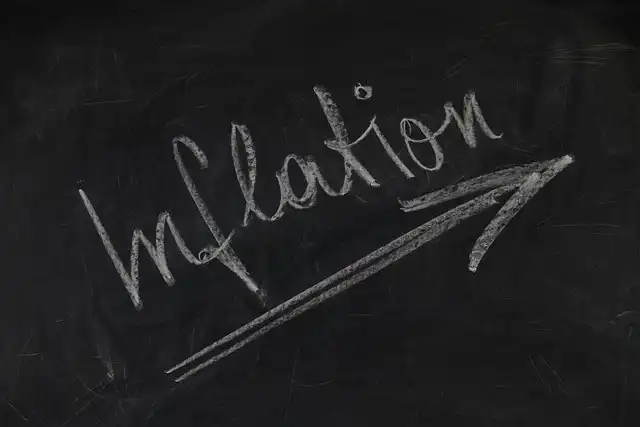Fed Rate Cut Rumblings: Inflation, Labor Market & Housing

Fed officials hint at rate cuts due to inflation worries and labor market stagnation. Housing prices, however, are beyond the Fed's direct control. Impact on mortgage rates is discussed.
Price reduced rumblings: Other Fed authorities have actually likewise been speaking out. Philadelphia Fed President Anna Paulson played down inflation worries in an Oct. 13 speech, keeping in mind that brand-new tariffs have actually not spurred continual rate increases.
Fed’s Stance on Rate Cuts
When it meets Oct. 28-29– and may elect for an additional cut when it convenes in December, that alignment suggests the Fed is leaning toward cutting temporary rate of interest prices. While the short-term price isn’t straight linked to mortgage interest rates, such cuts can cause a drop in mortgage prices if inflation doesn’t continue to rise.
Job Market & Housing Sales
A tepid job market commonly has a dampening effect for sale given that there are less professional purchasers, and if the climbing unemployment price brings about much more repossessions, that might potentially stimulate need– raising competitors or bidding process battles.
Upcoming Inflation Data
Inflation information is coming: While the closure has actually postponed some records, the Fed will get a bit of information to chew on prior to it meets. The Bureau of Labor Data prepares to launch its Customer Rate Index on Oct. 24, a little over a week later than originally arranged.
Although the recurring federal government closure has left the Federal Book without the latest jobs information, the board shows up increasingly concerned concerning the labor market. That might be great news for home mortgage rates, yet not for the total real estate market.
Inflation Target & Labor Market Risks
“If we see inflation relocating additionally far from our target, after that it may be needed to keep policy at the very least modestly restrictive for longer. If we see increased dangers in the labor market, then we may need to move quicker to ease policy,” Barr said.
“So long as rising cost of living expectations are secured, raises in prices as a result of supply effects do not turn into an inflation trouble,” Paulson claimed. Although not presently an electing member, Paulson pointed out the stagnation in the labor market as a factor to reduced rates.
In a speech recently, Barr indicated the increase in inflation given that April, stating it was “no coincidence” that it coincided with the statement of high import tariffs– something he thinks the board needs to not reject as an one-time spike. The most effective method, he said, is to “stabilize the threats to both sides of our mandate as we remain to evaluate the economic overview.”
Fed’s Focus: Overall Inflation
Rising home prices are out of the Fed’s hands: In the question-and-answer session following his speech, Powell discussed property, but when asked just how the Fed might attend to high home rates and affordability, Powell said “I do not understand just how we would,” noting that the board is focused on general inflation as opposed to certain sectors.
Bowman also favored a summer season rate cut, and on Oct. 14 claimed the board must make “two even more cuts prior to completion of this year” given current economic conditions, Reuters reported. “I assume as long as we see the labor market and various other economic data developing in the way that I expect, after that we will remain to get on a path for reducing the government funds price,” Bowman claimed.
1 bring mortgage rates2 economic outlook
3 Fed rate cut
4 frozen housing market
5 labor market
6 revealed annual inflation
« London Property Market: Capital Gains Tax and Market TrendsCRMLS Data Control: MLS Data Copyright & Agent Rights »
